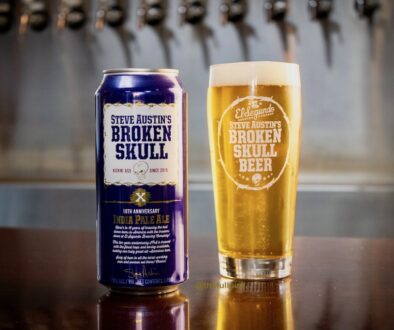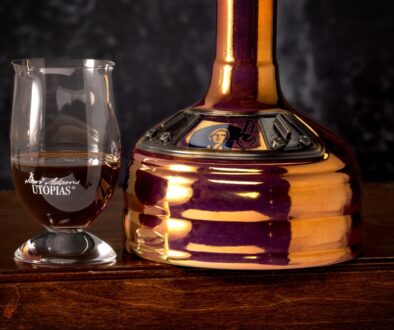The 1978 American Beer Scene
 When Samuel Smith’s Pale Ale first came to US shores, there were fewer than 100 American breweries in business. Beer was almost always a pale colored, light-bodied American lager offering a clean flavor, good carbonation, and some wonderful advertising . . . but without any real variety of flavors. There were some imported lagers; there were a few regional beers of differing styles; there were some innovative homebrewers enjoying a hobby that became legal that year. There were even two microbreweries in Northern California. But in 1978, American beer drinkers chose their beer by brand marketing identity, not by flavor. . . because the flavors, really, were more similar than they were different.
When Samuel Smith’s Pale Ale first came to US shores, there were fewer than 100 American breweries in business. Beer was almost always a pale colored, light-bodied American lager offering a clean flavor, good carbonation, and some wonderful advertising . . . but without any real variety of flavors. There were some imported lagers; there were a few regional beers of differing styles; there were some innovative homebrewers enjoying a hobby that became legal that year. There were even two microbreweries in Northern California. But in 1978, American beer drinkers chose their beer by brand marketing identity, not by flavor. . . because the flavors, really, were more similar than they were different.


By the 1990s, Samuel Smith’s Old Brewery had already been producing fine beers for 240 years. This perspective may have helped them see that organic food products – that is, those made without chemical fertilizers or pesticides – just might have a reduced impact on the earth’s environment.
When chemical fertilizers and pesticides first came into use, people thought there was no reason to avoid them: they increased yield; they took away risks of losses; they made food production more efficient. In fact, they still do – what could be the downside to that?
Well, for most of human history, population has been far less significant than it is now. The population of the earth has grown exponentially: a billion in 1800 AD; 1.2 billion in 1850; 1.7 billion in 1900; 2.5 billion in 1950 . . . 6.1 billion in 2000. The capability we have of altering our planet has changed dramatically, and the unplanned side-effects – chemicals in the environment, changes to forests and watersheds, reduction of biodiversity, consumption of fossil fuels, and alteration of the earth’s atmosphere – have just in recent decades begun to actually become noticeable. Organic agriculture offers another option to people, one that is at least a traditional & artisanal way to grow things, and may have advantages for the future of the earth.
Samuel Smith’s began to produce Organic Ale and Organic Lager in the mid – 90s, and they were introduced to the US in 1998 – before the USDA’s National Organic Program had even defined the current criteria. The brewery installed seperate grain-handling equipment, including a second roller mill, and has worked hard to source organic ingredients, including organically grown hops from New Zealand. (Pinkus Brewery, in Munster, Germany, began to produce organic beer in 1980 – the world’s first organic brewery.) All malt and all hops in the Samuel Smith organic beers and in the Pinkus Organic beers are Certified Organic.
But these organic beers are more than a concept – they’re beautifully made, tasty beers. If you haven’t tried them, grab some and confirm this for yourself.
Merchant du Vin, America’s Premier Specialty Beer Importer Since 1978



